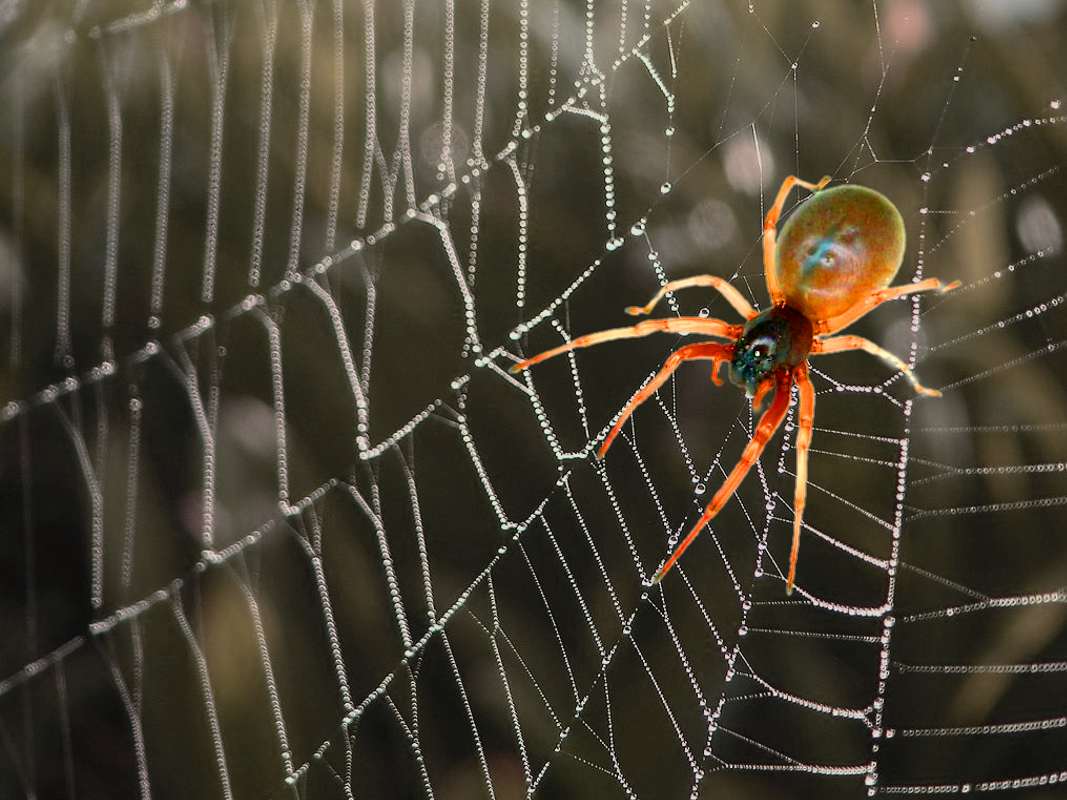Deadly Salt!
Do you know that the salt you sprinkle on your food every day as an essential cooking ingredient is deadly for other creatures? If you have a slug infestation, for example, all you need is some table salt to get rid of it. Why is that?
.jpg)
Well, if you have ever seen a slug, then you know that they look slimy and plump, like a little tube filled with jelly. Slugs’ bodies are made up of mostly water; due to their lack of an exterior shell, they protect their exterior by generating a protective mucus, which makes them hard to pick up by birds. Since retaining their body moisture is key to their survival, they prefer to live in moist and damp places, and only come out at night.
So, what exactly happens when you sprinkle salt on them? Salt is hygroscopic; meaning, it has the ability to draw, as well as retain water molecules from the surrounding environment. The salt on the slugs’ membrane form a salty solution, creating an imbalance between the amount of salt on the outside and inside; this triggers osmosis, so water moves from the place where there is a lot of it, to the place where there is less of it, in order to recreate a balance. Therefore, the slug’s permeable skin allows the water to seep out of its body and it ends up causing the slug to dehydrate and die.
Crafty Spiders
Ever see your grandmother slowly and dexterously knitting a jumper, she might not be the only one in the room working on creating an intricate design; a small spider might be doing the same in its tiny corner of the ceiling. We always end up trying to clear any webs we find our way when cleaning our homes, but have you ever stopped to think and wonder how they were actually made?
Making webs is instinctive to spiders. They have special glands that produce silk proteins that dissolve in a water-based solution; the silk proteins are liquid, and have to go through a process before becoming a fiber used for spinning. Once the liquid protein enters the duct through which it will be pumped out, cells draw water from the silk protein, which then comes into contact with hydrogen.

This causes the gel-like substance to turn into a fiber; the fiber is then extracted through the spinneret glands and hardens upon coming in contact with air. The silk is made from multiple strands, since spiders have several spinnerets, which are located at the rear of the abdomen, producing the fiber which then sticks together and is then used to build their lightweight webs.
The silk produced by spiders is one of the strongest fibers in the world; it is durable and flexible as well. No wonder that extensive research is going into figuring out exactly how it is made; many want to create a synthetic version; because of its lightweight nature and durability, it would have a thousand-and-one uses.
Dazed and Confused
We always see insects swarming around artificial sources of light, especially in summer; there is even a trap that attracts insects to the light and they end up getting electrocuted. However, what attracts them there time and time again? Just like the saying goes, like a moth to a flame, what makes a moth have a death wish? Using moths as our example, let us explore this a bit further.
An important concept to keep in mind is that some organisms either move towards or away from sources of light; this behavior is called Phototaxis. Since moths move toward a light source, they are positively phototactic. There is no definite answer as to why this is the case; however, there are a few speculations.

The Moon and stars are a great resource to many travelers who use them as their guide; similarly, moths migrate and they therefore must have an internal navigation system. It is believed that the Moon is a main reference point, which helps them with their orientation and finding the right paths; even though they can never actually reach it, they always gravitate towards it. When moths see another source of light, they equate it to the Moon and rush towards it, which causes them to lose their track and become disoriented.
Another theory is that the moth’s instinct to fly towards light is an escape-route mechanism. Since they are active at night, the source of light is the night sky and Moon; when flying towards it, they are flying upwards and away from darkness. Therefore, their response to danger is always to fly up to the light.
References
www.wired.com
pets.webmd.com
www.livescience.com
animals.howstuffworks.com
www.thenakedscientists.com
Photo created by pvproductions - www.freepik.com
*Published in SCIplanet, Autumn 2014 Issue "How Things Work".